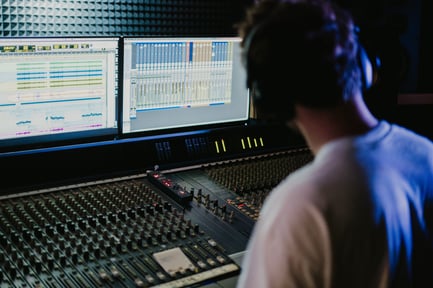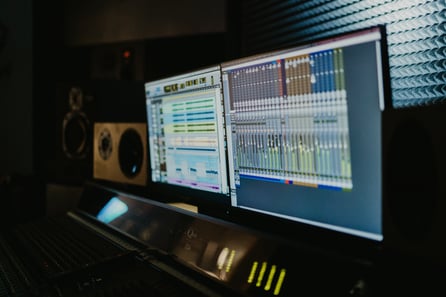Welcome, fellow music producers and audio enthusiasts! In the ever-evolving landscape of music production, one skill stands as the cornerstone of great music: mixing. Whether you're creating chart-topping hits or experimental soundscapes, understanding the art of mixing is essential for achieving a polished and professional sound.

The Role of Mixing
Mixing is the process of combining individual tracks (vocals, instruments, samples) into a cohesive and balanced stereo or multichannel sound. It's where the magic happens, transforming raw recordings into the final sonic masterpiece.
The Mixing Environment
Before diving into the technical aspects, it's crucial to set up a conducive mixing environment. Invest in quality studio monitors, acoustic treatment, and ergonomic furniture to create a space where you can make precise decisions about your mix.
Balancing Act
Achieving the right balance between different elements of your mix is paramount. Use volume faders to adjust the level of each track, keeping in mind that not every element needs to be at the forefront all the time.

EQ: Sculpting the Sound
Equalization (EQ) is a vital tool for shaping the frequency content of individual tracks. Use it to cut unwanted frequencies, enhance desirable ones, and create space for each element in your mix.
Dynamic Processing
Compression and dynamic processors help control the dynamics of your mix. They even out volume fluctuations, making your mix sound more consistent and polished.
Spatial Awareness
Consider the placement of sounds in the stereo field. Use panning to position elements left or right, and employ reverb and delay to create depth and space within your mix.
Automation: The Human Touch
Automation allows you to add human-like dynamics to your mix. Adjust parameters like volume, panning, and effects over time to give life to your music.

Reference Tracks
Compare your mix to professionally produced tracks in a similar style. This can help you identify areas for improvement and ensure your mix stands up to industry standards.
Taking Breaks
Mixing can be a tiring process for your ears and mind. Take regular breaks to prevent ear fatigue and maintain a fresh perspective on your mix.
Mastering: The Final Touch
While mixing focuses on individual tracks, mastering brings your entire mix to its fullest potential. It involves fine-tuning the overall EQ, dynamics, and loudness of your music.
Conclusion
The art of mixing is a journey that takes time and practice to master. Every mix is unique, and there's no one-size-fits-all approach. Trust your ears, experiment, and don't be afraid to make mistakes. With dedication and persistence, you'll develop the skills needed to craft professional and captivating music that resonates with your audience.
So, roll up your sleeves, fire up your DAW, and embark on the exciting adventure of mixing. Your next sonic masterpiece awaits!

















_Cropped.png?width=1600&name=02%20(2)_Cropped.png)




















Your Comments :